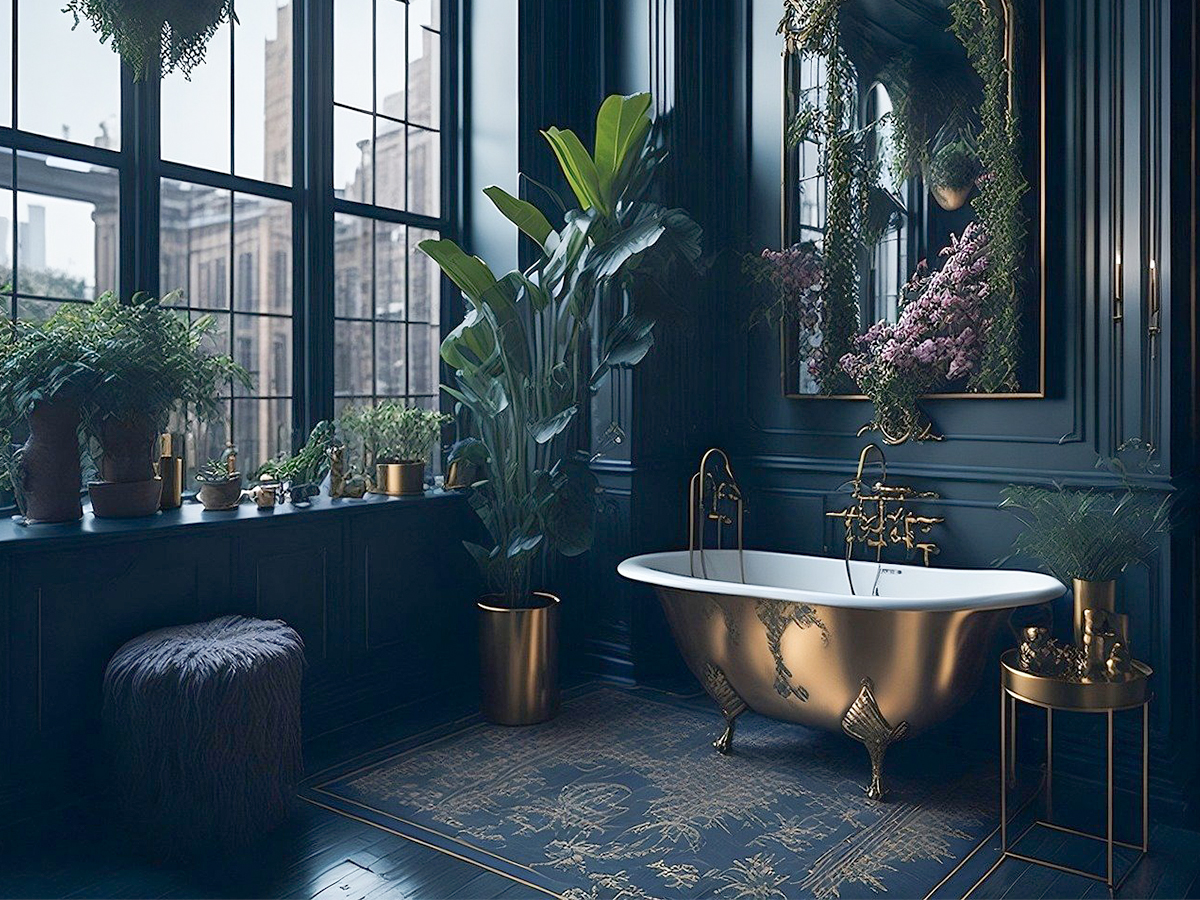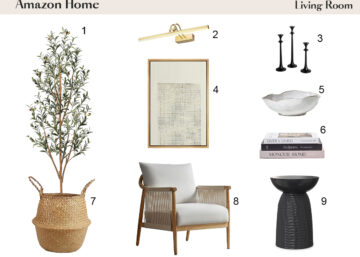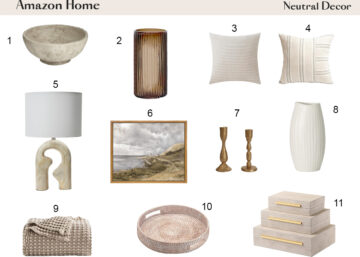Bathroom Bliss: Making the Most of Your Bathroom Design
Understanding Bathroom Layouts
Designing a bathroom that maximizes efficiency and aesthetic appeal requires a thoughtful understanding of space utilization. This goes beyond traditional layouts to incorporate innovative solutions that cater to the unique dynamics of modern living and technological advancements.
Efficient Use of Space
The core of smart bathroom design lies in the effective use of space. Traditional layouts often waste valuable square footage with inefficient placement of fixtures and a lack of consideration for the natural movement within the space. To counter this, consider employing a ‘floating’ design where fixtures such as the vanity and toilet are wall-mounted. This not only creates a more spacious look but also simplifies cleaning and maintenance. Additionally, utilizing corners with corner sinks or showers can free up central space for easier movement.
Zoning for Function
Modern bathrooms often serve multiple functions, from a quick refresh area to a relaxing spa-like retreat. This multi-functionality calls for clear zoning, an approach seldom fully exploited in conventional designs. Zoning involves dedicating different areas of the bathroom for specific activities, enhancing both privacy and functionality.
Wet and Dry Zones
One effective strategy is to separate the bathroom into ‘wet’ and ‘dry’ zones. The wet zone includes the shower and tub area, potentially enclosed by glass partitions to prevent water spillage. The dry zone, containing the vanity and storage units, remains moisture-free, which is beneficial for preserving materials and maintaining a safer, slip-free environment.
Personal Grooming Station
Another thoughtful addition is a personal grooming station, which integrates a seated vanity area with ample lighting. This can double as a small retreat within the bathroom, providing a comfortable space for extended grooming sessions without disrupting the functionality of other bathroom areas.
Incorporating Flexibility
Given the diverse needs of individuals and families, flexibility in bathroom layouts is increasingly important. Designs that can adapt to different life stages and accessibility needs are not only practical but also highly valued in today’s real estate market. This might include adjustable shower heads, removable seating, or modular storage that can be reconfigured as needs change.
By rethinking traditional bathroom layouts and considering these often-overlooked aspects, designers and homeowners can create spaces that are not only more efficient and appealing but also aligned with the evolving lifestyles and preferences of modern users.
Material Selection for Longevity and Style
Choosing the right materials is crucial in bathroom design, not only to ensure durability and ease of maintenance but also to achieve the desired aesthetic impact. Innovative material selections can offer longevity while reflecting modern trends and personal styles.
Durable Materials
Importance of Moisture Resistance
Bathrooms are high-humidity environments, making moisture resistance a critical factor in material selection. Traditional materials like ceramic and porcelain tiles continue to dominate due to their durability and water resistance. However, advancements in material technology have introduced more versatile options.
Composite Materials
Modern composite materials, such as quartz and resin-based products, are engineered for high moisture resistance and durability. These materials can be used for countertops, shower walls, and even flooring. They offer a uniform appearance and are available in a wide range of colors and finishes, mimicking the look of natural stone or wood without the associated maintenance challenges.
Aesthetic Materials
Natural Stone
Natural stone such as marble, granite, and limestone adds a touch of luxury and uniqueness to any bathroom. Each piece of stone is distinct, ensuring no two bathrooms look exactly alike. While natural stone requires more maintenance to prevent staining and water damage, its beauty and durability make it a popular choice for those looking to create a statement bathroom.
Technological Innovations in Tile Finishes
Recent technological innovations have allowed for ceramic and porcelain tiles to replicate textures and patterns more realistically. These tiles can now mimic leather, textured fabric, wood, and even elaborate artistic patterns, offering designers and homeowners the ability to create unique, stylistic spaces that are also practical.
Eco-Friendly Options
Recycled Materials
Sustainability is a growing concern in interior design, with recycled materials becoming increasingly popular. Recycled glass tiles bring a colorful and eco-friendly flair to bathroom designs. They are made from crushed glass set in a resin base, creating a water-resistant surface that sparkles with depth and color variability.
Bamboo and Reclaimed Wood
Bamboo flooring is a resilient, water-resistant, and sustainable option that brings warmth and a natural feel to bathroom interiors. Similarly, reclaimed wood can be sealed and used for vanities or accent walls, offering a rustic or vintage aesthetic while contributing to environmental conservation.
Balancing Functionality with Style
The choice of materials should strike a balance between practicality and personal taste. For instance, matte finishes on tiles are less slippery and hide water spots and smudges better than glossy surfaces, making them a practical choice for floor applications. Meanwhile, glossy tiles can make small bathrooms appear larger and brighter when used on walls.
By carefully selecting materials that offer both durability and aesthetic appeal, designers can craft bathrooms that not only stand the test of time but also reflect the personal style and lifestyle needs of the user. This approach ensures that the bathroom remains a functional, beautiful, and integral part of the home environment.
Lighting and Ventilation
In the design of a bathroom, lighting and ventilation are pivotal for ensuring both functionality and comfort. These elements influence the mood of the space, the efficiency of its use, and the long-term maintenance and health of the environment. Here, we explore innovative strategies for optimizing these crucial aspects in bathroom design.
Optimizing Natural Light
Enhancing Spaciousness and Ambiance
Maximizing natural light in a bathroom not only conserves energy but also enhances the perception of space, making the room feel larger and more inviting. Skylights are an effective solution in bathrooms located on upper floors, providing a direct source of daylight without compromising privacy. For bathrooms without direct roof access, using frosted or textured glass windows can maintain privacy while allowing ample light to permeate the space.
Considerations for Window Placement
The placement of windows should be strategic, aiming to illuminate key areas such as the vanity and shower to enhance functionality. North-facing windows can provide consistent, soft light without harsh exposure to direct sunlight, which can lead to fading and heat build-up in materials.
Artificial Lighting Solutions
Task Lighting
In a bathroom, proper task lighting is essential. Above the vanity, wall-mounted sconces or pendant lights provide direct illumination, reducing shadows and glare, which is crucial for grooming tasks. LED mirrors also offer excellent front-facing light, crucial for detailed tasks like makeup application or shaving.
Ambient Lighting
To create a relaxing ambiance, incorporating layers of light can soften the space and provide a calming effect. Dimmable LED downlights can adjust to create the right atmosphere, whether it’s bright for morning routines or subdued for a relaxing evening bath.
Effective Ventilation
Preventing Moisture and Mold
Effective ventilation is critical in a bathroom to prevent the buildup of moisture and subsequent mold growth, which can damage surfaces and adversely affect air quality. An adequately sized exhaust fan should be installed to ensure air circulation, particularly in bathrooms without windows.
Advanced Ventilation Technologies
Modern ventilation systems go beyond basic exhaust fans. Features such as humidity sensors can automatically activate the fan when moisture levels in the air rise, and timers can ensure the fan continues to run long enough after a shower to properly clear the air. These smart features enhance energy efficiency and provide a more comfortable and healthier bathroom environment.
Integrating Lighting and Ventilation Design
Integrating the design of lighting and ventilation into the overall aesthetic and functional plan of the bathroom ensures these elements work in harmony with the space. For instance, choosing ventilation grills and fixtures that match the bathroom’s hardware can seamlessly incorporate these functional elements into the design, maintaining style consistency throughout.
Properly addressing lighting and ventilation in bathroom design not only improves the usability and comfort of the space but also contributes to the sustainability and health of the environment, aligning with modern design priorities that emphasize wellness and eco-friendliness.
Smart Bathroom Technologies
In the modern home, bathrooms are increasingly becoming hubs of innovation and comfort. Smart technologies not only enhance the functionality of bathroom spaces but also elevate the user experience, integrating seamlessly with the rest of the home’s smart systems. This section explores cutting-edge technologies in bathroom design that cater to both efficiency and luxury.
Innovative Fixtures
Smart Toilets
One of the most significant advancements in bathroom technology is the development of smart toilets. These fixtures offer features such as automatic lids, self-cleaning technologies, built-in night lights, and even health monitoring capabilities that can analyze waste to provide feedback on various health markers. Smart toilets are designed to provide maximum hygiene and convenience, integrating sensors to minimize contact and personalized user settings to ensure comfort.
Digital Faucets
Digital faucets represent a leap in water conservation and hygiene. These faucets use motion sensors for touchless operation, reducing the spread of germs while also conserving water by preventing unnecessary running. Some models offer features like temperature control displays and timers, allowing for precise control over water usage and safety, which is particularly beneficial in households with young children or elderly members.
Integration with Home Systems
Connected Appliances
The integration of bathroom appliances with home automation systems is a growing trend that enhances functionality and control. Mirrors with integrated displays can show news, weather, or even health data synced from fitness trackers. Bath systems can be programmed to fill up at a set temperature and depth, ready for when the homeowner arrives back from a day’s work.
Voice Control
Voice-controlled devices in the bathroom facilitate an interconnected, hands-free experience. Users can adjust lighting, play music, or set shower preferences without lifting a finger, perfect for maintaining hygiene and convenience. Integration with broader home systems means that these preferences can be adjusted from other parts of the home, preparing the bathroom for use at just the right moment.
Customizable User Profiles
A particularly innovative aspect of smart bathroom technology is the ability to create and manage customizable user profiles. Each family member can have their shower preferences, mirror settings, and even toilet configurations stored and ready to activate on command. This personalization ensures that every interaction with the bathroom is tailored to individual needs and preferences, enhancing the user experience significantly.
Safety Enhancements
Anti-Scalding Technologies
Smart showers and faucets now include anti-scalding technology, which prevents water from reaching temperatures that could cause skin burns. This feature is essential in homes with young children or elderly residents, providing peace of mind for families.
Emergency Response
Some smart bathrooms are equipped with emergency response features, such as fall detection sensors in showers or near toilets. These systems can alert family members or emergency services if an accident occurs, ensuring quick response times and enhancing safety for users with mobility issues.
Storage Solutions
Efficient storage solutions in bathroom design not only maximize space but also enhance the functionality and aesthetics of the area. By integrating innovative storage ideas, designers can cater to the specific needs of homeowners, commercial business owners, and real estate developments, ensuring every square inch of bathroom space is used effectively.
Maximizing Space
Vertical Storage Options
In smaller bathrooms, vertical storage can be a game-changer. Tall, narrow cabinets and open shelving units take advantage of upward space, keeping essentials at eye level and within easy reach without overcrowding the area. This type of storage is ideal for storing towels, toiletries, and other bathroom necessities in a way that is accessible yet unobtrusive.
Under-Sink Storage
The area under the sink is often underutilized in traditional bathroom designs. Custom cabinetry designed to fit around plumbing can provide hidden storage for cleaning supplies and larger items. Pull-out drawers, instead of standard cabinets, can offer easier access and better organization, making the most of this often-wasted space.
Custom Storage Options
Tailored Cabinetry
For homeowners and commercial clients looking for bespoke solutions, custom cabinetry is key. These units can be designed to fit the exact specifications and dimensions of a bathroom, maximizing storage efficiency. Features such as built-in laundry hampers, bespoke compartments for specific grooming tools, or integrated electrical outlets for appliances can be included to meet individual needs.
Niche Shelving
Niche shelving, built directly into the walls of a shower or above a bathtub, presents a sleek and streamlined option for storing bath products within reach. These niches can be designed with matching tiles and hidden lighting to enhance both functionality and design aesthetic, keeping the bathroom looking organized and stylish.
Multi-functional Furniture
Bench Seating with Storage
A particularly innovative solution for larger bathrooms is the installation of bench seating that doubles as storage. These benches can provide a comfortable area for dressing or resting in the bathroom, with the added benefit of lifting seats for storing bath linens or seasonal items discreetly.
Mirror Cabinets
Integrating storage behind mirrors is another effective way to enhance space utility without compromising style. These mirrored cabinets can store small items like medicines and cosmetics, keeping them handy but out of sight, which helps maintain a clutter-free counter space.
Accessorizing for Functionality and Flair
Accessorizing a bathroom goes beyond mere decoration; it involves carefully selecting elements that enhance both the functionality and the aesthetic appeal of the space. For architects, interior designers, and homeowners, incorporating the right accessories can transform a basic bathroom into a personalized and efficient retreat.
Functional Accessories
Heated Towel Rails
Heated towel rails are a dual-purpose accessory that not only keeps towels warm and dry but also adds a touch of luxury to the bathroom experience. These fixtures can help reduce humidity in the room by drying towels quickly, preventing the growth of mold and mildew. Available in various styles and finishes, heated towel rails can be chosen to match other bathroom fixtures, seamlessly integrating into the overall design.
Anti-Fog Mirrors
Anti-fog mirrors are essential for maintaining clarity, especially after hot showers. These mirrors incorporate heating elements that prevent condensation, ensuring the mirror remains clear and usable, which is particularly useful in busy households where bathrooms are frequently in use. This feature enhances both the functionality and the sophistication of the bathroom.
Decorative Elements
Artistic Touches
Incorporating art into bathroom design can elevate the space from functional to spectacular. Waterproof artwork or high-quality prints can add color and personality to the room. Art pieces can be themed to create a cohesive look or chosen for contrast to serve as focal points in a neutral setting.
Textural Contrasts
Using accessories to introduce textural contrasts can significantly enhance the bathroom’s aesthetic. Items like plush bath mats, woven baskets, and wood accents can introduce warmth and comfort into the space, creating a more inviting atmosphere. These textures not only add visual interest but also tactile comfort, making the bathroom feel more homely.
Conclusion
The journey through optimizing bathroom design encapsulates a blend of functionality, style, and innovative technology. This comprehensive exploration, from layout considerations to the infusion of smart technologies, underlines the profound impact thoughtful design can have on this essential space.
The Importance of Thoughtful Design
A well-designed bathroom goes beyond aesthetics; it enhances daily routines, supports sustainable living, and increases property value. For architects, interior designers, real estate developers, and homeowners, the importance of integrating efficient layouts, durable materials, and modern technologies cannot be overstated. Each element discussed, from the strategic use of lighting and ventilation to the selection of smart fixtures, contributes to creating a space that is not only functional but also a sanctuary.
Looking to the Future
As we look ahead, the evolution of bathroom design is set to continue, with a growing emphasis on eco-friendly materials, personalized experiences, and adaptive technologies. For professionals in the design and development industries, staying abreast of these trends will be key to delivering spaces that are both innovative and responsive to the needs of modern users.
In conclusion, the art of bathroom design is a testament to how spaces can be transformed into experiences. By embracing these design principles, professionals can create bathrooms that are not just functional but truly enrich the lives of those who use them.








